Achocha – the Unknown Cucumber Relative
Achocha or Caihua (pronounced kai-wa) is an unusual and relatively unknown member of the cucurbit or cucumber family with a difference. Although they share family roots with cucumbers, squash, pumpkin, zucchini and melons, they are almost completely immune to many of the diseases and pests that attack the other cucurbits – squash bugs, vine borers, cucumber worms and powdery mildew along with other fungal issues.
Achocha are hugely prolific both in leafy shade growth and fruit, making them a dual purpose plant for gardeners looking for a green shade or windbreak which gives a good supply of tasty food.
Originally domesticated in the Andes Mountains, the seeds travelled by trade from modern day Columbia in the north to Bolivia in the south. This ancient crop has been featured on pre-historic pottery and art and is discussed in the book “Lost Crops of the Incas” by the National Research Council. Today, they are widely grown all across Central and South America, as well as in many other parts of the world. For example, achocha is very popular in northern India, Nepal and Bhutan.
The seeds are very intriguing, looking much like flecks of bark or burnt chunks of a rough plant material. The color ranges from a medium brown to an almost black. Each mature fruit will have several seeds in it.
A close-up of the seeds shows how very different they appear from almost all other vegetables, and certainly other cucurbit family seeds.
Another look at the achocha seed. The majority of them have the little tail or protrusion seen here.
Achocha puts on vigorous vine growth with lots of leaves which provide a good shade for other crops. In areas with a long hot season, establishing them early will give better growth as they slow down during the hottest times. Giving them a bit of afternoon shade and protection helps them along, as they are seen growing up through a patch of Butter Daisies and climbing up a trellis.
This is a western facing wall, and they had a bit of a challenge in becoming well established with the afternoon heat. They had morning shade, but were exposed to full sun and heat during the hottest part of the day until almost sundown.
On the opposite side of the wide walkway, they are seen much more established and prolific. This is the east facing wall that is shaded from early afternoon, giving the plants enough protection from high heat and constant sun exposure to really take off.
This was the most productive planting, giving handfuls of fruit each harvest.
Cindy is holding a young fruit with the blossom cap still attached. At this stage the bark-like seeds are still fairly soft and immature. The fruit will not have completely hollowed out yet, but it is very edible and mild in flavor with a soft texture.
Once the plants begin setting fruit, they should be harvested regularly to encourage continued production. As they begin to produce, you will have handfuls of the fruit to work with!
The tiny, off-white flowers can be seen in the background. It is best to plant at least two plants so they can pollinate each other. The flowers will attract a number of smaller insects to help with pollination, among them the beneficial serphid fly which feasts on aphids, thrips and other soft bodied destructive insect pests.
Another view of the size, shape and color of the achocha fruits, along with the foliage. There are a few different varieties of achocha – some with soft spines and a fatter fruit. Ours are more slender and smooth skinned with no soft spines.
The foliage will sometime raise eyebrows and cause questions, as its long toothy leaves somewhat resemble another controversial plant. There is no relation, but it is a conversation starter!
One handful of fruit leads to discovering another, then another as well…
You’ll see why they have earned the name of “stuffing cucumber” when you slice them open and scoop out the seeds. There are enough recipes using them to fill a thick cookbook, but an easy and delicious starting point is to simply stuff them with sautéed sweet peppers and onions after slicing them open and just warming them up on the griddle.
Very colorful, unique and eye-catching along with being delicious, they will be the center point of the table.
In Central and South America the fruits are eaten either raw or cooked after removal of the seeds. They are also prepared as stuffed peppers; stuffed with meat, fish or cheese and then baked or fresh.
Kids often love to pick and eat them in the garden, and they make an excellent addition to salads. The tender shoots, tendrils and young vines are edible and eaten raw or very lightly cooked.

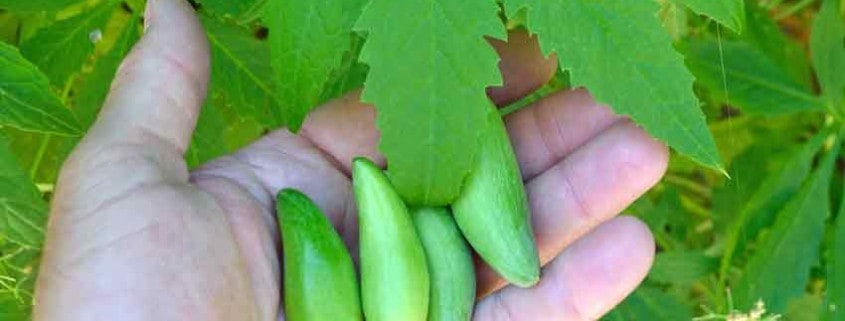
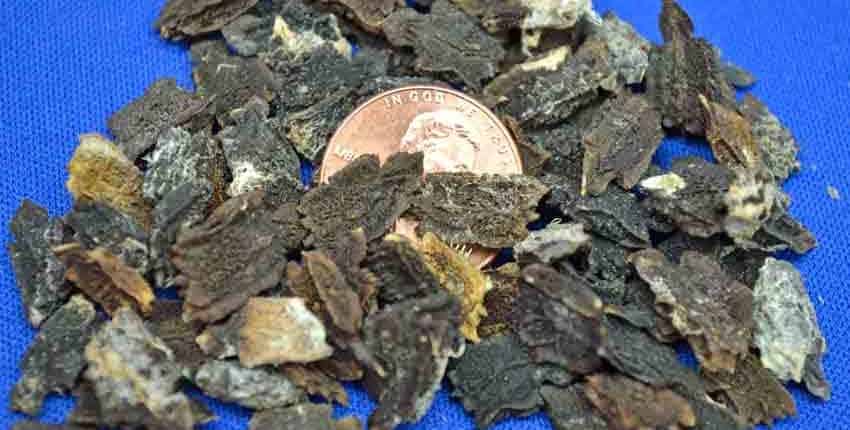
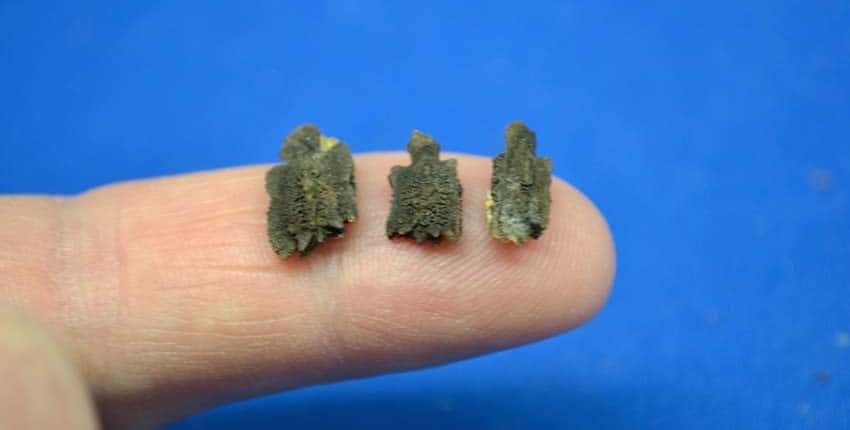
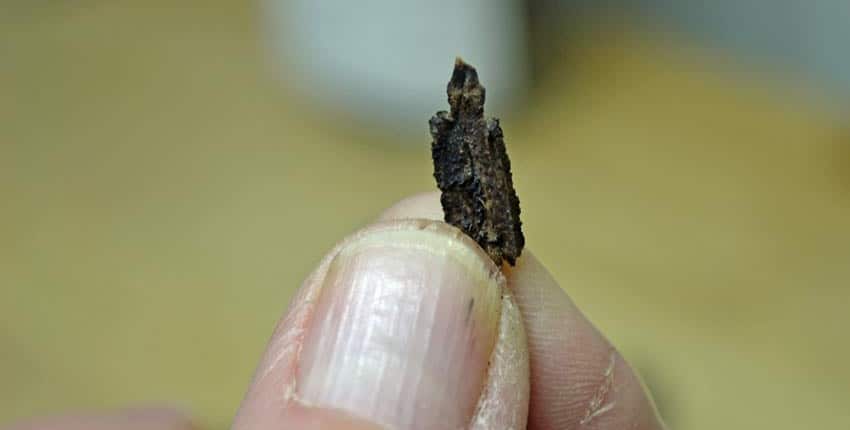

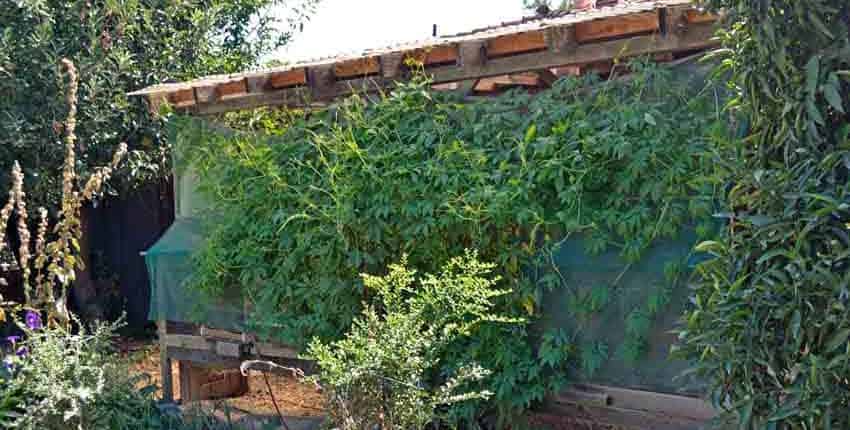
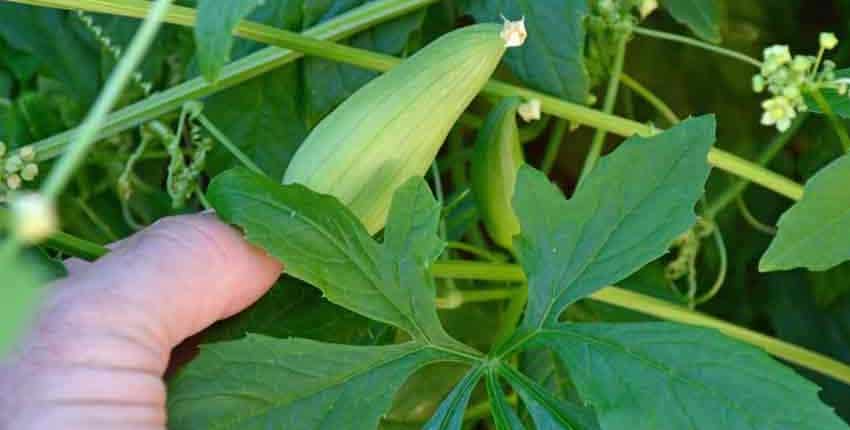
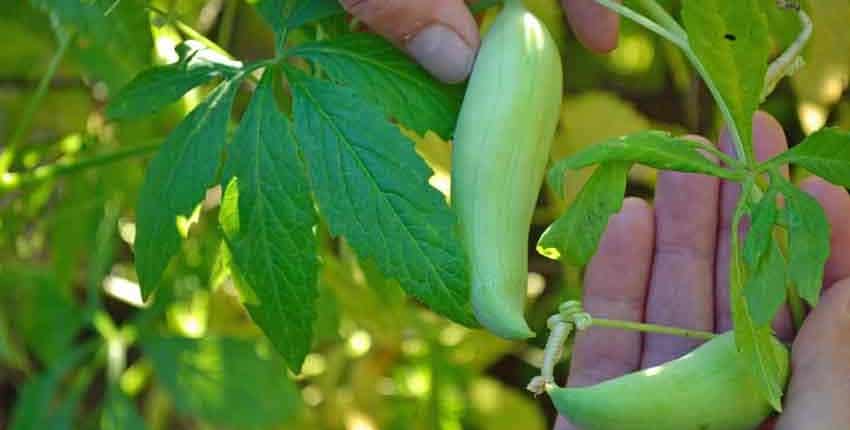
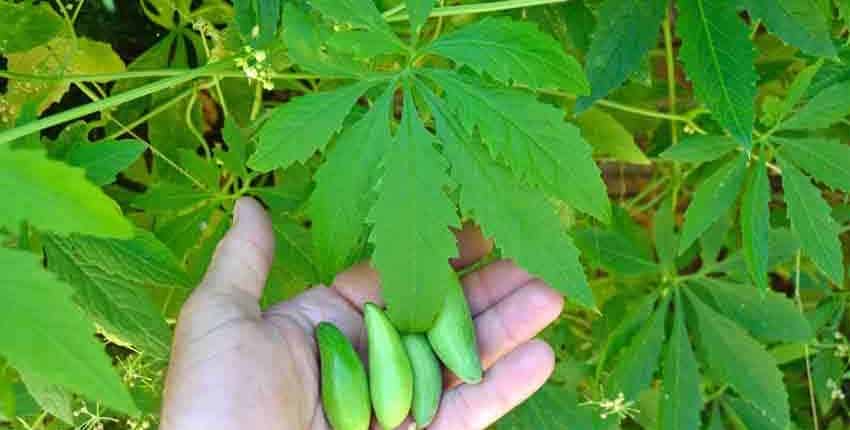
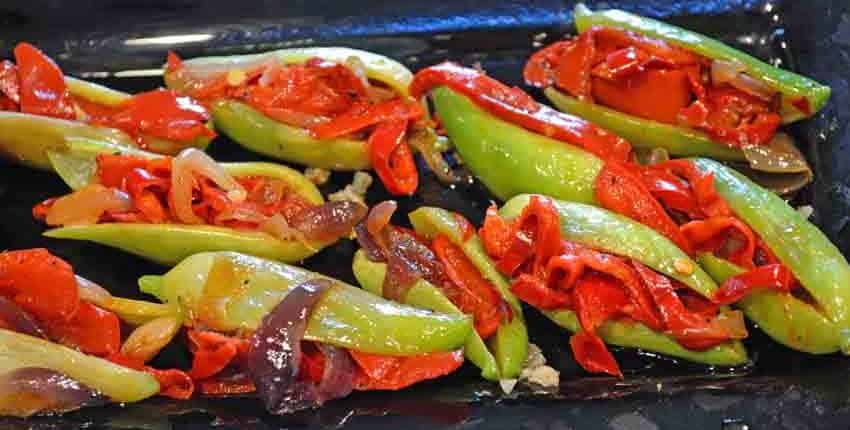
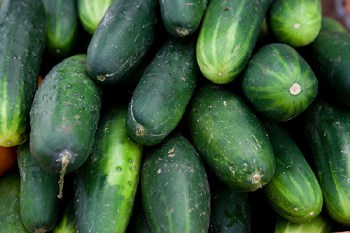
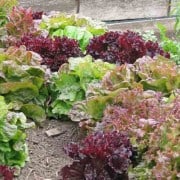
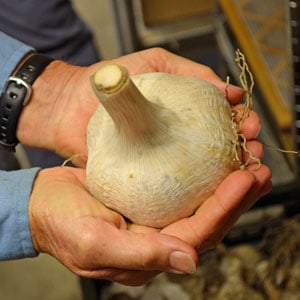
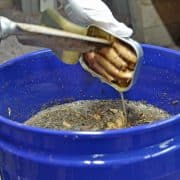

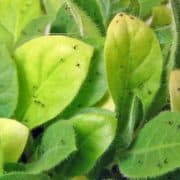
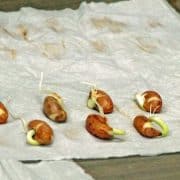
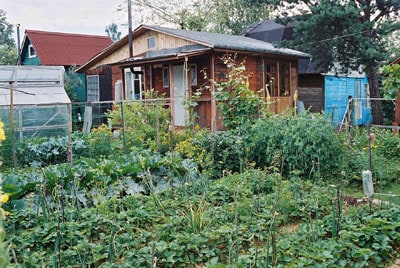
Leave a Reply
Want to join the discussion?Feel free to contribute!